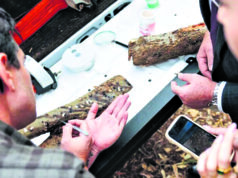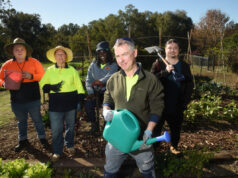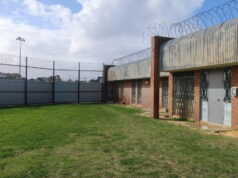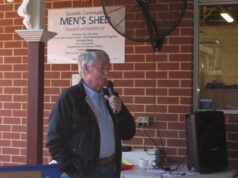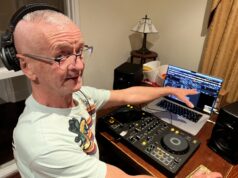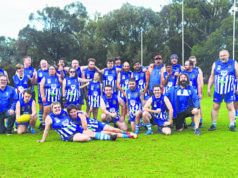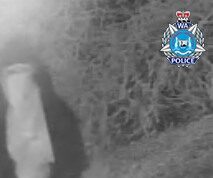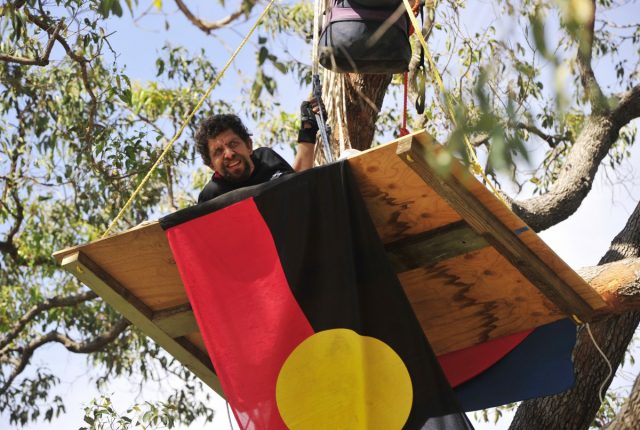
Neville Kirk has now spent five days up a tree, but it hasn’t taken too much out of him.
He plans to stay until Friday, at which point he hopes the Environmental Protection Authority (EPA) will meet with those who say the endangered and bio diverse Greater Brixton Wetlands are threatened by a planned industrial development.
His protest is the culmination of months of activism from the Save the Great Brixton Wetlands group against the planned development, which they say will eradicate the existing roosts of the Kaarak, or Red-tailed Black Cockatoo, which are prevalent in the area.
I’m going alright,” Mr Kirk said after more than 72 hours suspended in the makeshift platform. “I’ve had plenty of support, plenty of people coming out and, you know, I am here for a reason.”
The group claim part of the planned Maddington Kenwick Strategic Employment Area will envelop the wetlands and the planned laying of concrete foundations and drainage will irreversibly alter its hydrology. The City of Gosnells disputes the claim and said the Brixton Wetlands group has misinformed the public.
The council directly addressed questions on the development and said the public had been misinformed on the severity of the clearing of Kaarak habitat.
“This is not true,” the city said in a statement.
“Land has been cleared but this was not seven hectares of Marri forest; it was mostly scattered individual trees on rural land.
“Historical aerial photography shows that much of the land had been previously cleared at various stages, in keeping with its former use for rural-related activities.
“It is important to note that all State Government approvals were in place before clearing occurred.”
The city did concede that the hydrology in the area has been affected and changes to current land management practices were needed.
“Quite simply, the status quo is environmentally unsustainable,” they said.
“The current rural land use has affected the hydrology of the area and, as there is no appropriate management in place, some areas have already been subject to unauthorised clearing.”
Mr Kirk, who has protested such planned developments as Roe 8 in the past, said he felt the need to include Indigenous voices as a contingent to the existing protests.
“The people who are in charge here need to start listening to the First Nations people, because we were the first people here and we know how to take care of the land,” he said.
“We’ve seen this before, we’ve protested at places where things like this have happened. “There are alternatives, and there are ways where drainage can be done that doesn’t destroy the environment. The council knows they’re there, they just need to listen.”
The City of Gosnells said it would wait for the EPA to make its decision before progressing.
“The city welcomes the EPA’s involvement, as the city is also seeking the best-possible outcome for the environment,” they said.
As far as Mr Kirk is concerned, he’s comfortable enough for now.
“I’ll be up here for as long as it takes for people to listen,” he said. “I figure if I keep saying it someone will eventually listen. “What better place to say it than from up here?”


